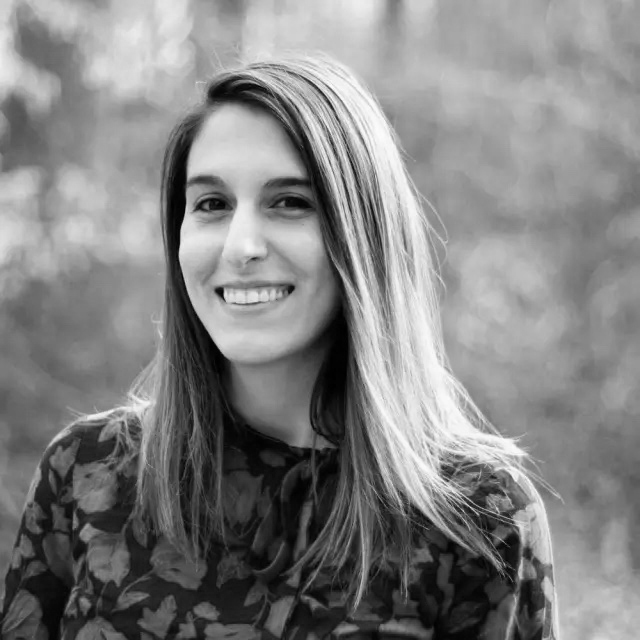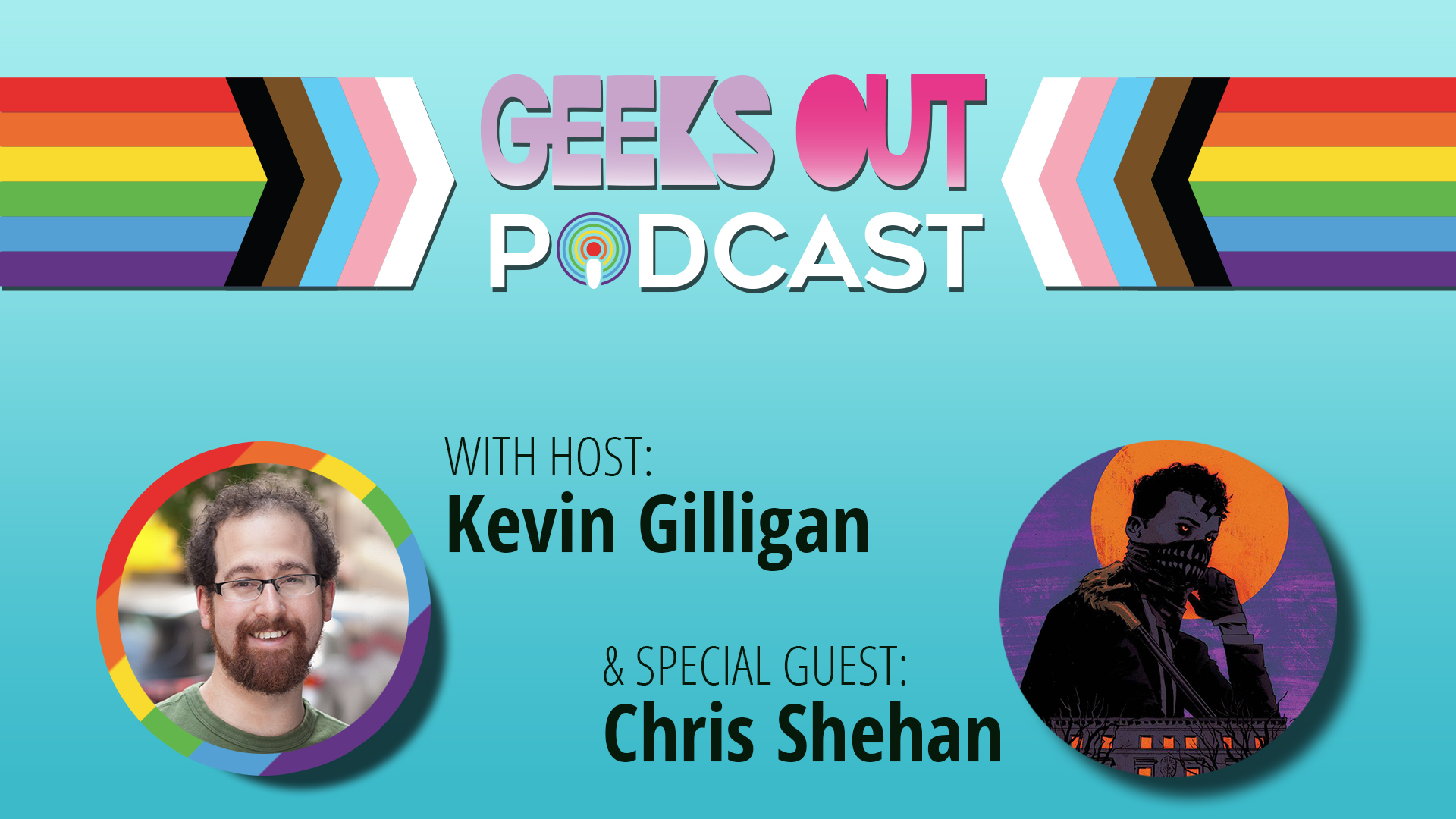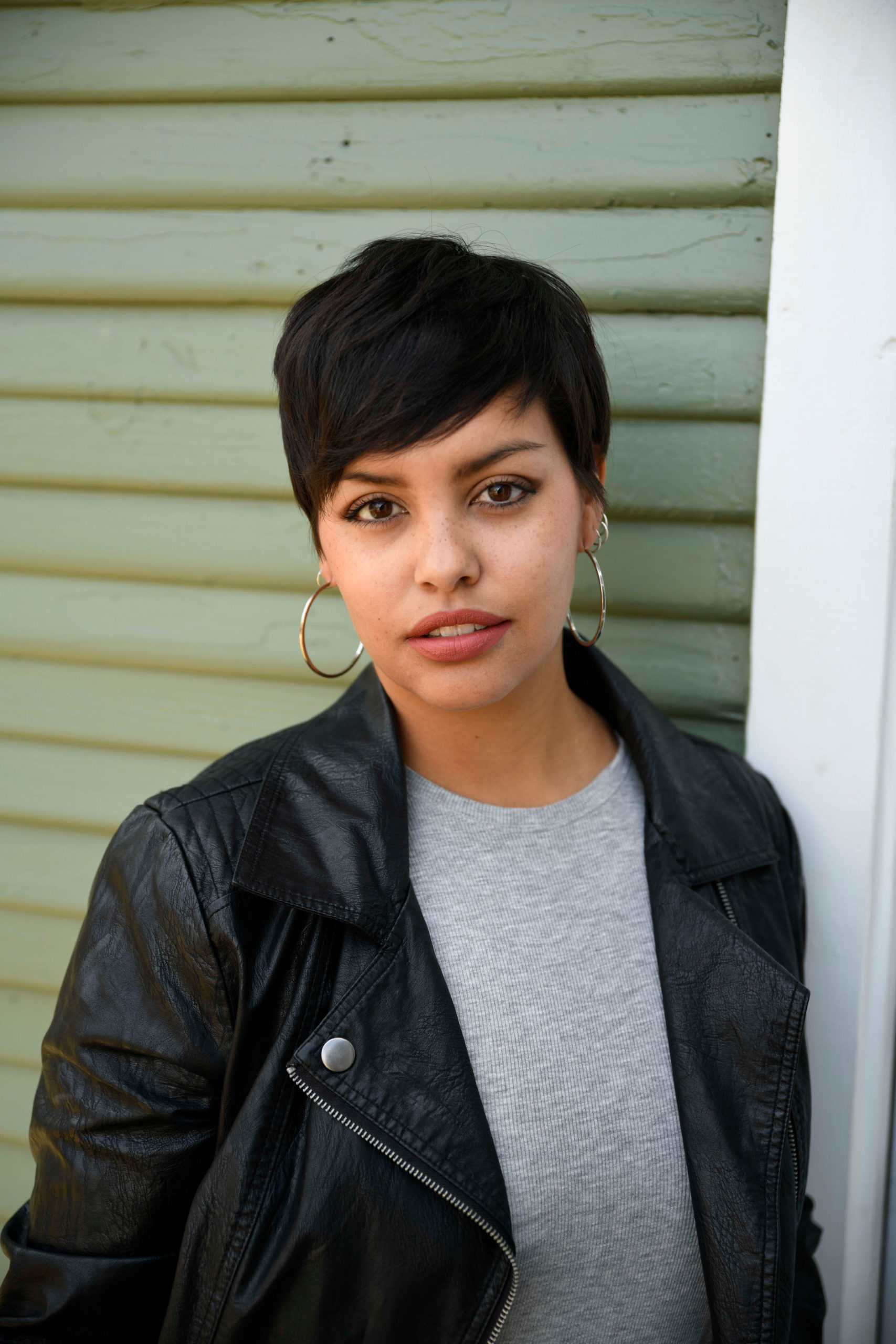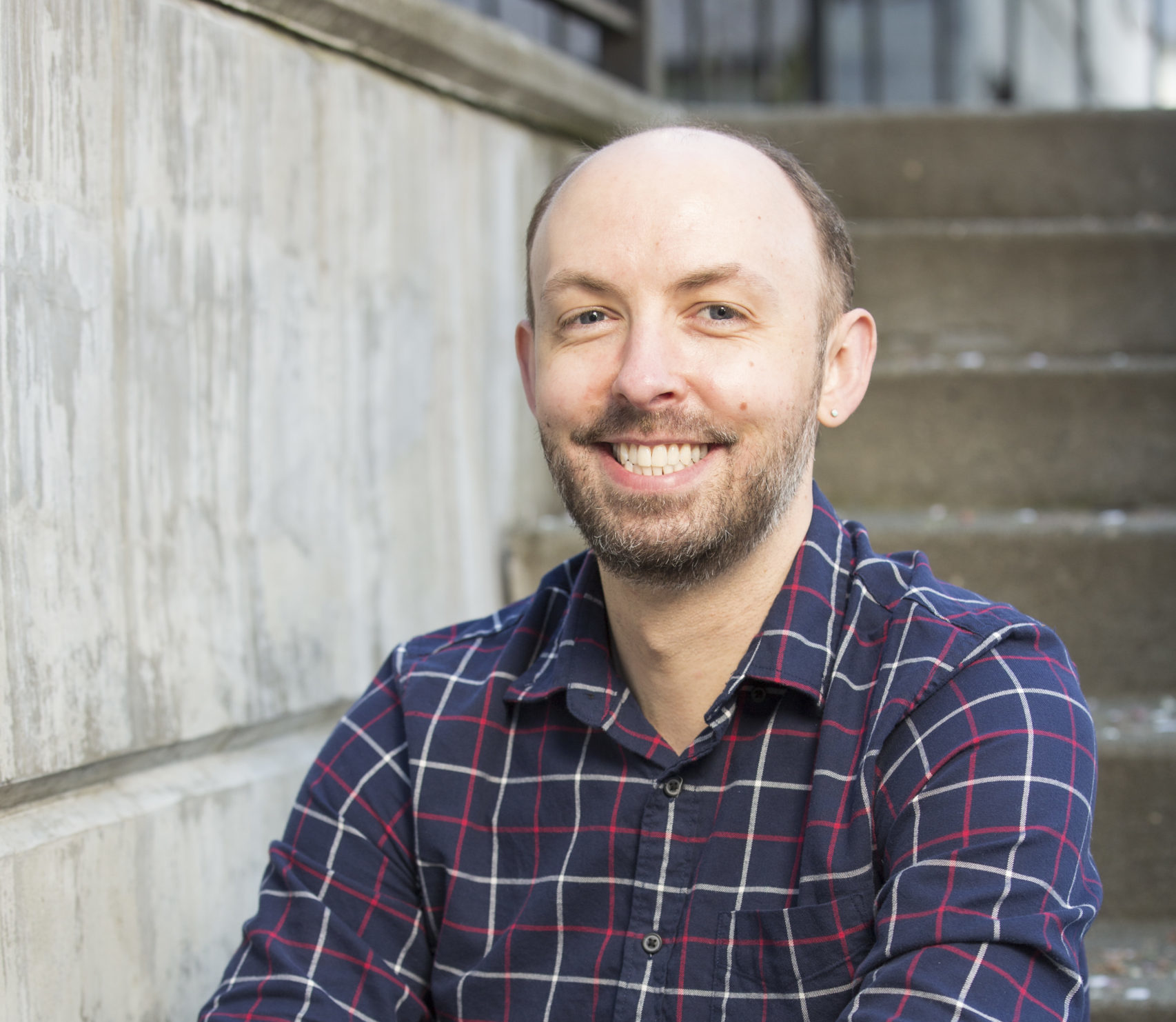
by Michele Kirichanskaya | Jul 20, 2022 | Blog
Sarah Katz is the author of Country of Glass (Gallaudet University Press, May 2022). She holds an MFA in creative writing from American University. Her poems appear in Bear Review, District Lit, Hole in the Head Review, Redivider, RHINO, Right Hand Pointing, Rogue...

by Kevin Gilligan | Jul 19, 2022 | Podcast
In a special “live” episode of the Geeks OUT Podcast, recorded at FanExpo Denver, Kevin is joined by special guest Chris Shehan as they discuss his/their work on “House of Slaughter”, the leaked first looks at the “Barbie” movie,...

by Michele Kirichanskaya | Jul 17, 2022 | Blog
Alex Temblador is the Mixed Latine award-winning author of Half Outlaw and Secrets of the Casa Rosada, which received numerous industry accolades including Kirkus Reviews’ Best of YA Books 2018 and the 2019 NACCS Tejas Foco Young Adult Fiction Award. She is a...

by Michele Kirichanskaya | Jul 15, 2022 | Blog
Will Taylor (he/they) is a reader, writer, and honeybee fan. He lives in the heart of downtown Seattle surrounded by all the seagulls and not quite too many teacups. When not writing he can be found searching for the perfect bakery, talking to trees in parks, and...

by Michele Kirichanskaya | Jul 13, 2022 | Blog
LaTonya Yvette was born in Brooklyn, New York with three brothers and one sister. It is the same place she now calls home with her daughter, River and her son Oak. She began her career as a stylist, where she often helped women and new mothers dress for their changing...






